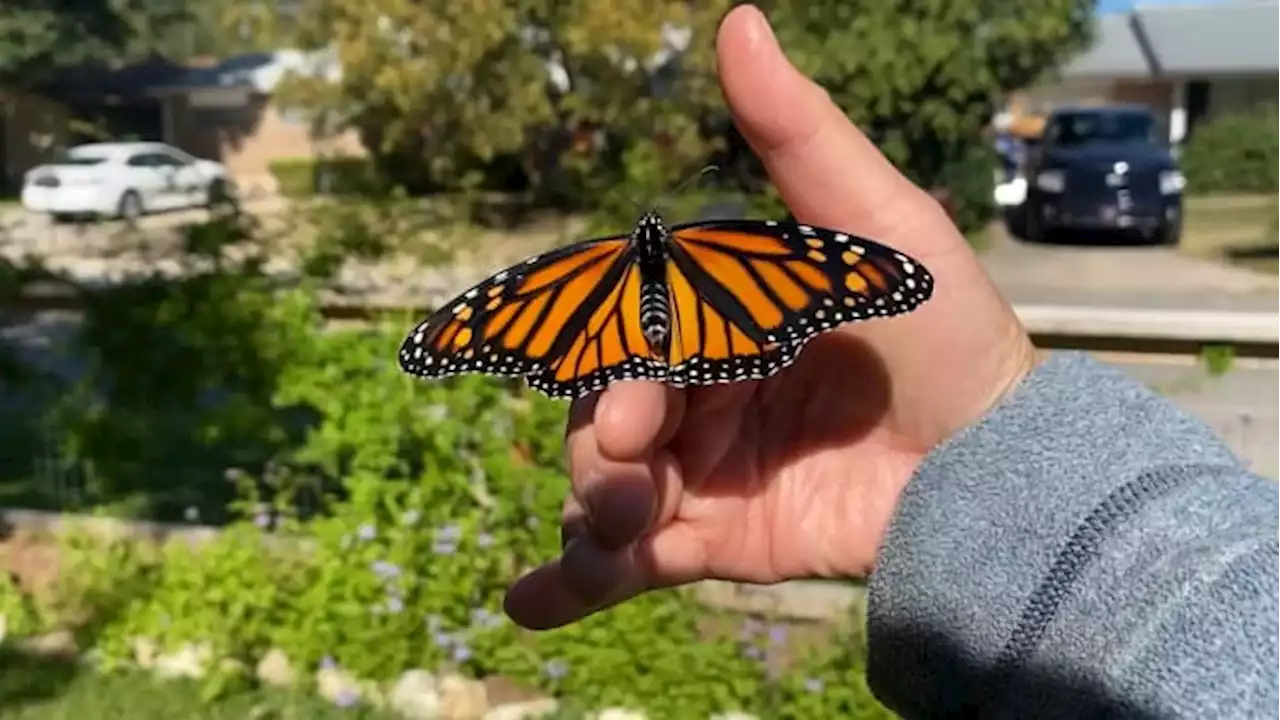KSAT 12 visited the National Butterfly Center in Mission, Texas where the Monarchs will soon be swarming their native vegetation by the thousands.
shows that the population in Michoacan, Mexico continues to fall dramatically, though monarch breeding numbers from spring to fall are stable.
Wright said the data regarding healthy, consistent, summer Monarch populations in the United States may ultimately support theories that the transcontinental Monarch migration will dwindle with increasing pressure, such as habitat shrinkage from logging at their overwintering sites, and climate change. This could result in more Monarchs spending their winters in the U.S. in the future.
”Attracting butterflies and monarchs to highways is where they wind up on our windshields,” Wright said. “But then there’s also pollution, air pollution and other runoff from construction materials, from the leaking of fossil fuels that may be in the pipeline easements that run alongside those roads and other pollutants. So we need to find solutions.”
